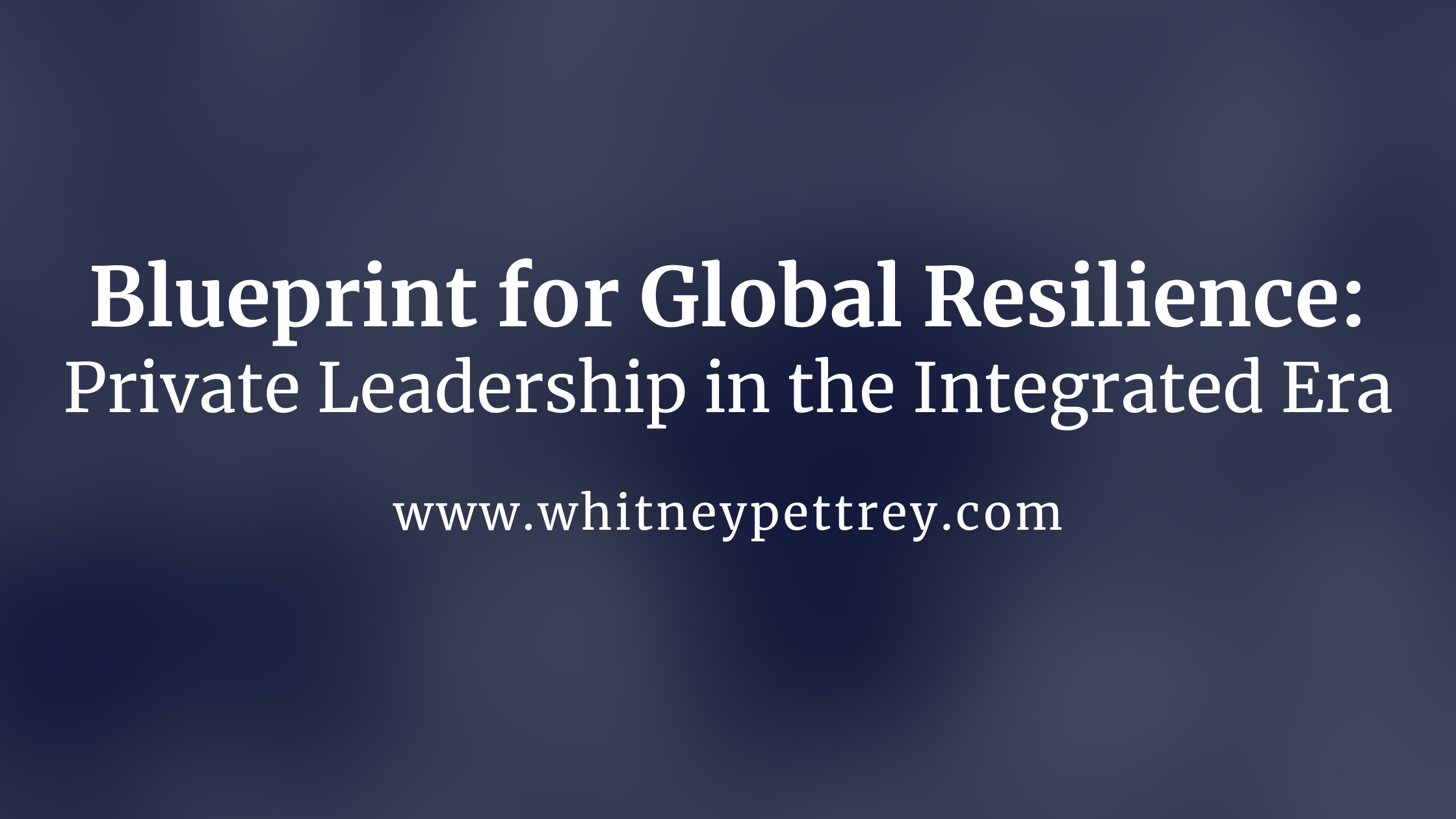In an era where cybersecurity threats evolve with daunting speed and complexity, the real strategy for resilience lies beyond mere technological defenses. This article explores how organizations across various sectors are advancing from traditional reactive measures to proactive cybersecurity frameworks. It delves into strategic initiatives that empower businesses, large and small, to anticipate threats and fortify their defenses preemptively. Discover how a shift in focus from mere containment to strategic anticipation is redefining the landscape of cybersecurity, making preparedness an essential pillar of modern digital defense across industries.
Category: whitney pettrey
The Rise of the Self-Aware City: Agentic AI and the Future of Urban Innovation
Agentic AI and self-healing networks are redefining urban resilience, offering transformative solutions to the challenges cities face today. By examining global pioneers like Singapore’s Smart Nation and envisioning possibilities for U.S. cities such as Houston, this article explores strategies to anticipate, adapt, and thrive in an era of complexity. Discover how these innovations lay the foundation for a new standard in urban adaptability.
Purple Under Fire: Strengthening Resilience Through Integrated Testing
In a world where digital and physical systems are inseparable, the complexity of urban infrastructure presents a unique challenge to cybersecurity. Purple teaming, a dynamic blend of offensive and defensive strategies, offers a transformative approach to strengthening resilience. Through simulated chaos, organizations can test and refine their defenses, building adaptive strategies that ensure the integrity of critical systems. This article explores how integrated testing, collaboration, and innovation are essential to fortifying defenses against hybrid cyberattacks.
Trust as Infrastructure: Purple Teams and the Evolution of Smart Cities
The future of smart cities hinges on more than technological innovation; it depends on trust. This article examines the strategic role of Purple Teams in reimagining urban resilience—not as an afterthought, but as a guiding principle integrated into the very fabric of city systems. With precision and foresight, Purple Teams bridge the intersection of security, governance, and innovation, ensuring that the cities of tomorrow are not only advanced but fundamentally secure foundations for societal progress.
Beyond Technology: Cultivating Human Resilience Essential for Cybersecurity
In a digital era dominated by sophisticated tools and automated defenses, the true cornerstone of cybersecurity lies in people. This article dives into how fostering accountability, awareness, and collaboration transforms human vulnerabilities into unshakable strengths. Explore actionable insights, real-world scenarios, and strategies to build a culture that makes the human element not just resilient but pivotal in modern cyber defense. Discover why culture matters more than technology in securing the future.
Orlando Drone Incident: Critical Lessons in Resilience, Innovation, and Leadership
This article analyzes the critical implications of the Orlando drone incident, highlighting the need for a paradigm shift in the drone industry. By examining the incident’s root causes, from technical vulnerabilities to potential cyber threats, the article emphasizes the importance of prioritizing safety, enhancing operational resilience, and fostering a culture of continuous improvement. This incident serves as a crucial wake-up call, demanding a proactive and collaborative approach to address the evolving challenges of drone technology. By investing in robust safety measures, fostering open dialogue between industry stakeholders, and embracing a proactive approach to risk mitigation, the drone industry can ensure that future performances inspire awe and wonder, rather than fear and uncertainty.
Blueprint for Global Resilience: Private Leadership in the Integrated Era
This article explores the critical need for a unified response to the interconnected challenges of the 21st century. By fostering collaboration between the public and private sectors, we can build more resilient and equitable societies. Drawing on successful global models, the article outlines a roadmap for this transformation, emphasizing the importance of shared responsibility, innovative partnerships, and a commitment to developing the workforce of the future.
The Cyber-Physical Chessboard: When Cities Can’t Find the Queen
This article delves into the complexities of urban security in the digital age, highlighting the need for a holistic approach that transcends traditional boundaries. By exploring the interconnectedness of cyber and physical threats, this article emphasizes the importance of strategic thinking, collaboration, and innovation. Discover how cities can strengthen their defenses, protect critical infrastructure, and emerge as resilient urban ecosystems in the face of evolving threats.
Agile Evolution: Simplifying Crisis Simulations with Purple Teaming
In high-stakes scenarios like city-wide crises, resilience demands more than tradition—it requires agility. Agile methodologies, paired with the innovative power of purple teaming, transform crisis simulations into dynamic, adaptive exercises. By iterating on real-world scenarios, fostering cross-functional collaboration, and leveraging adversarial insights, leaders can build robust defenses that evolve in real time. This article explores how simplicity and agility redefine preparedness for complex challenges. Discover how these strategies empower teams to outpace threats and safeguard critical systems.
Salt Lake City 2034: A Defining Moment in Global Leadership and Innovation
This article examines the critical security challenges facing Salt Lake City as it prepares to host the 2034 Winter Olympics. The success of the Games hinges on Silicon Slopes’ ability to leverage its technological expertise to address vulnerabilities in critical infrastructure, enhance cybersecurity, and foster community resilience. This is not just about protecting the Games; it’s about demonstrating the region’s capacity for innovation and leadership on a global stage.









